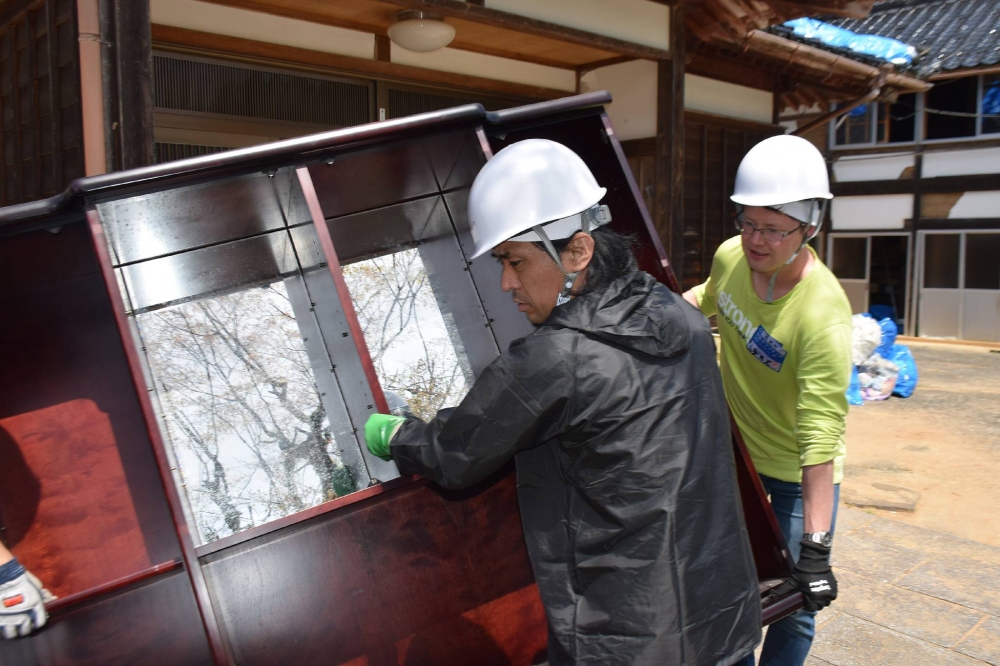The Ishikawa Prefectural Government on Monday unveiled a final draft of its plan for reconstruction after the Jan. 1 earthquake in the prefecture’s Noto Peninsula.
Covering the nine years through fiscal 2032, the plan features efforts to create disaster-resistant communities and increase the so-called related population, or people continuously involved in a particular region without necessarily being permanent residents, in order to maintain the prefecture’s vitality amid its shrinking population.
The reconstruction plan will be formally adopted after being presented to the prefectural assembly. It was compiled following hearings with local residents and mayors and discussions at a panel of experts.
In the final draft, the Ishikawa government divided up measures to rebuild infrastructure, people’s livelihoods and daily lives into the three groups of short-term projects lasting two years, medium-term projects spanning five years and long-term projects lasting nine years.
The prefecture said that boosting the related population is its most important task. In order to increase the related population, an organization will be established to act as a coordinator between the public and private sectors on reconstruction projects and as a liaison for reconstruction aid.
On vital infrastructure severely damaged by the quake, including for electricity and water supplies, the draft plan underscored the need to improve resilience by incorporating new perspectives.
The draft suggested as an option the establishment of a system in which each settlement secures its own power and water sources separate from public water and electricity services, in order to create infrastructure that is both disaster-resistant and sustainable.
The prefecture will also create a scenic route in coastal areas of the peninsula and support local festivals to support reconstruction of communities.

